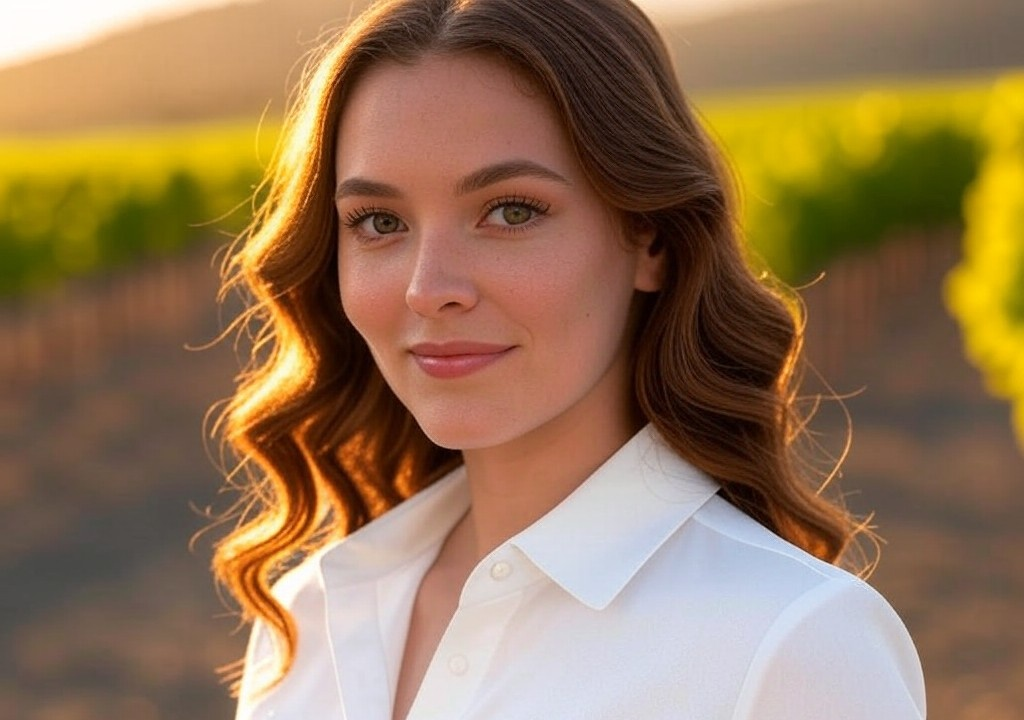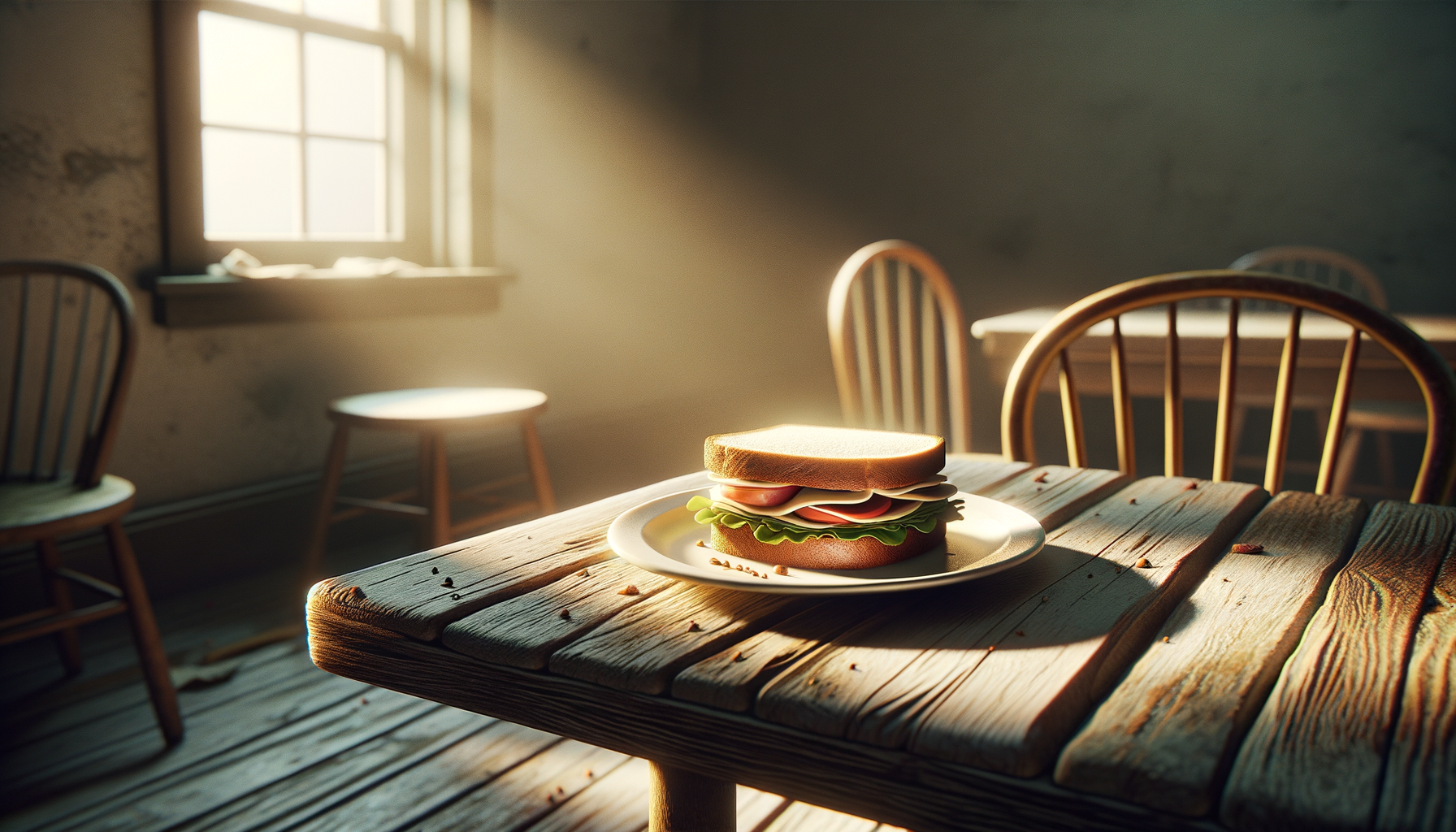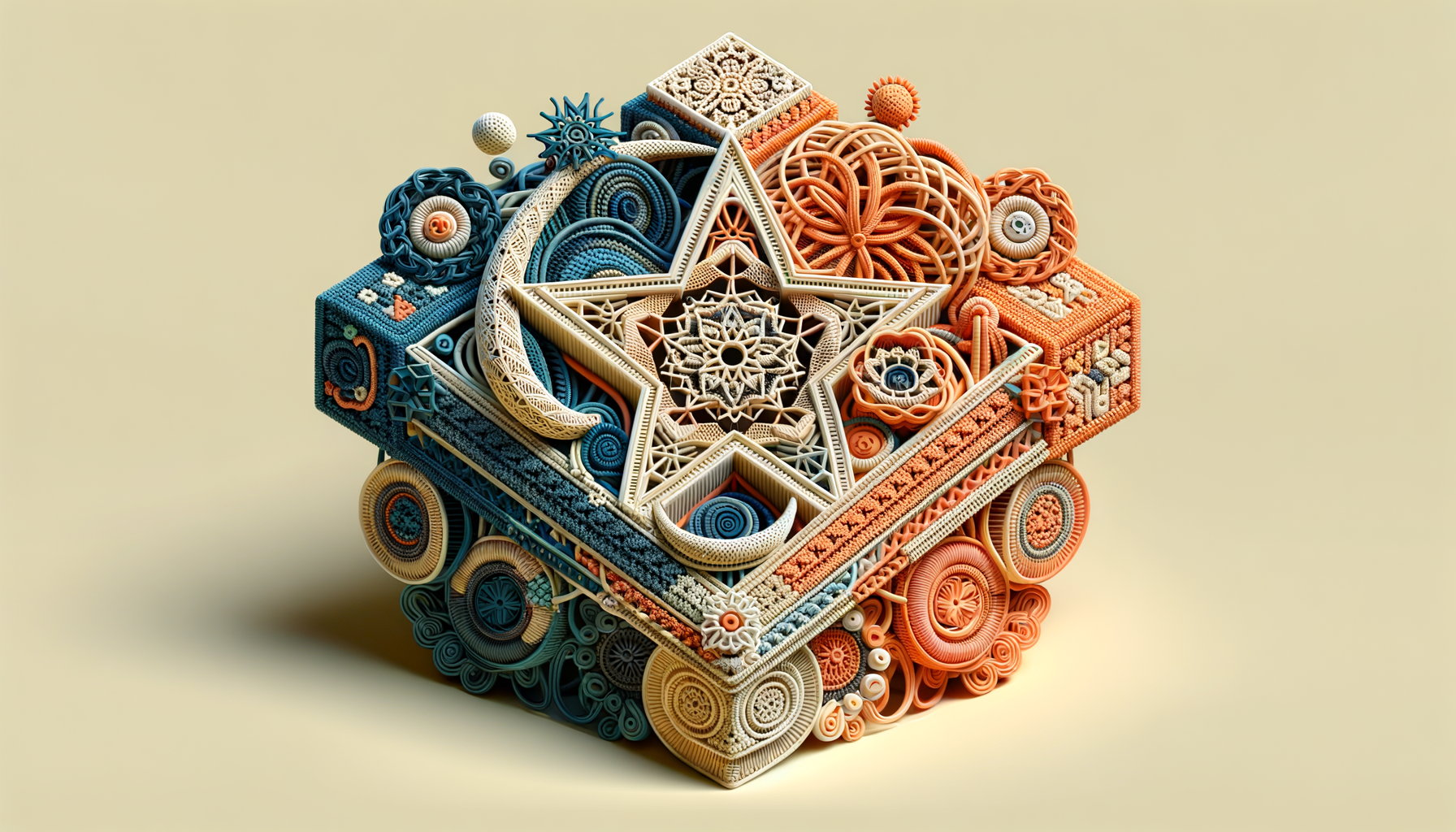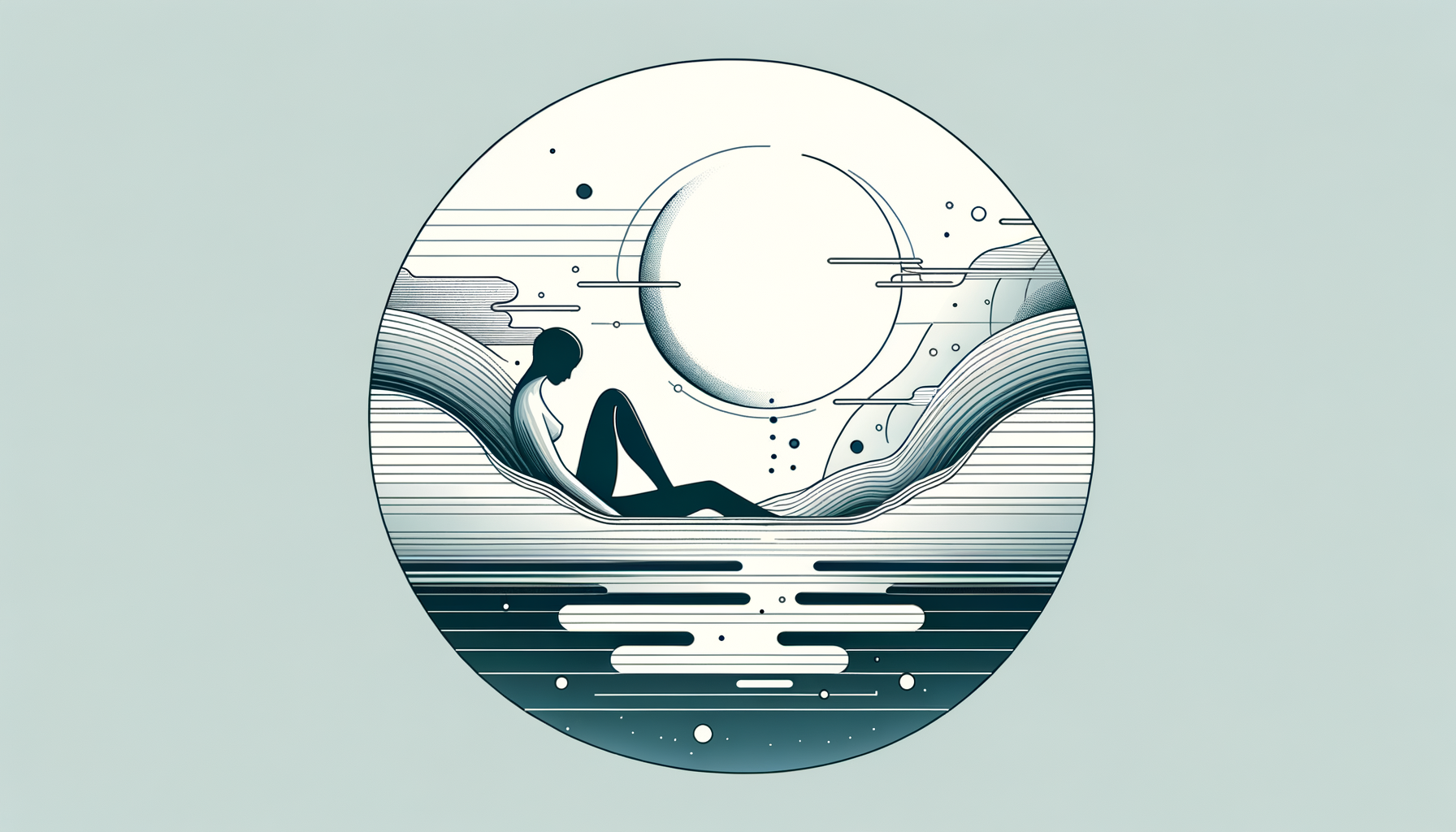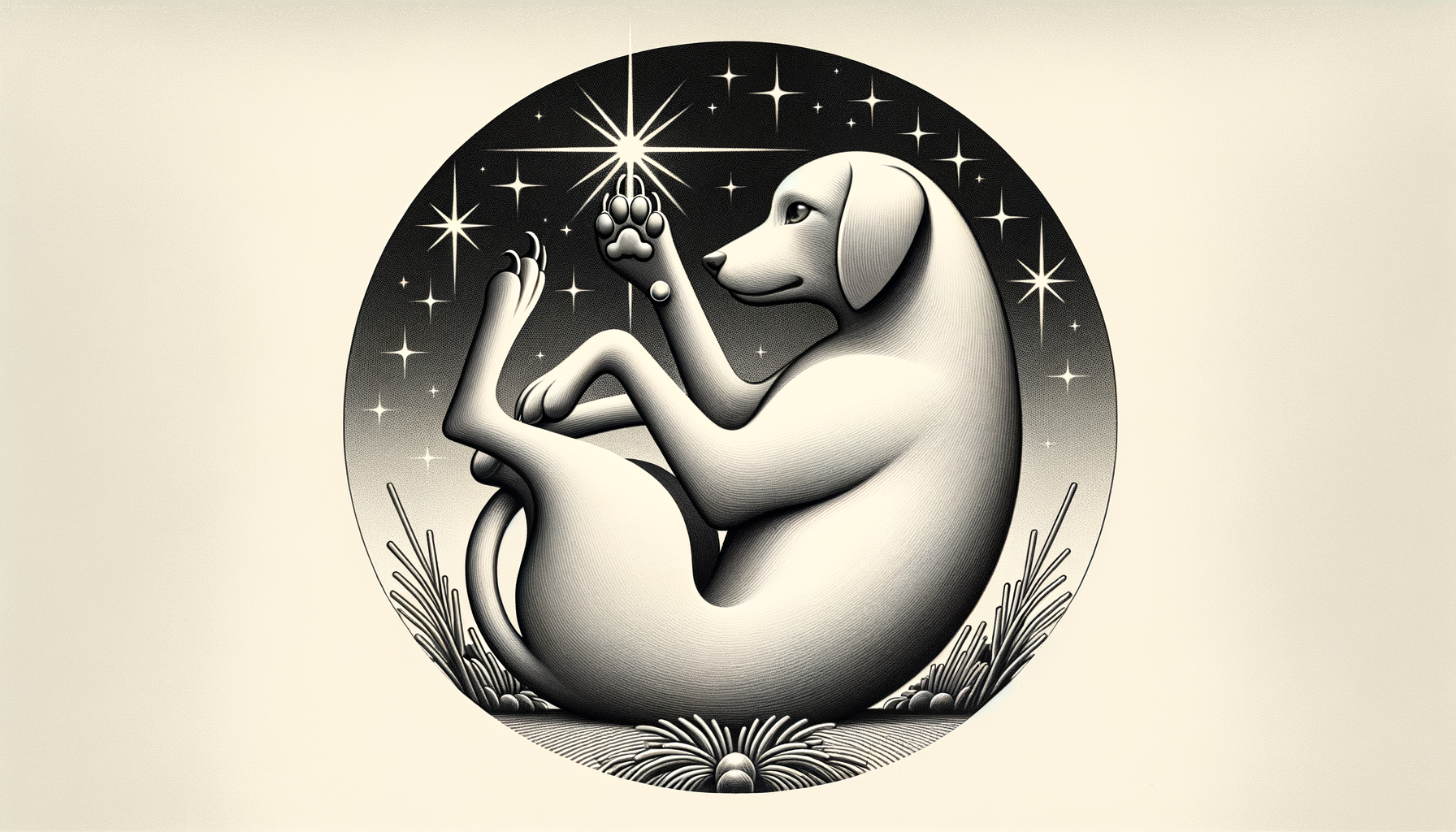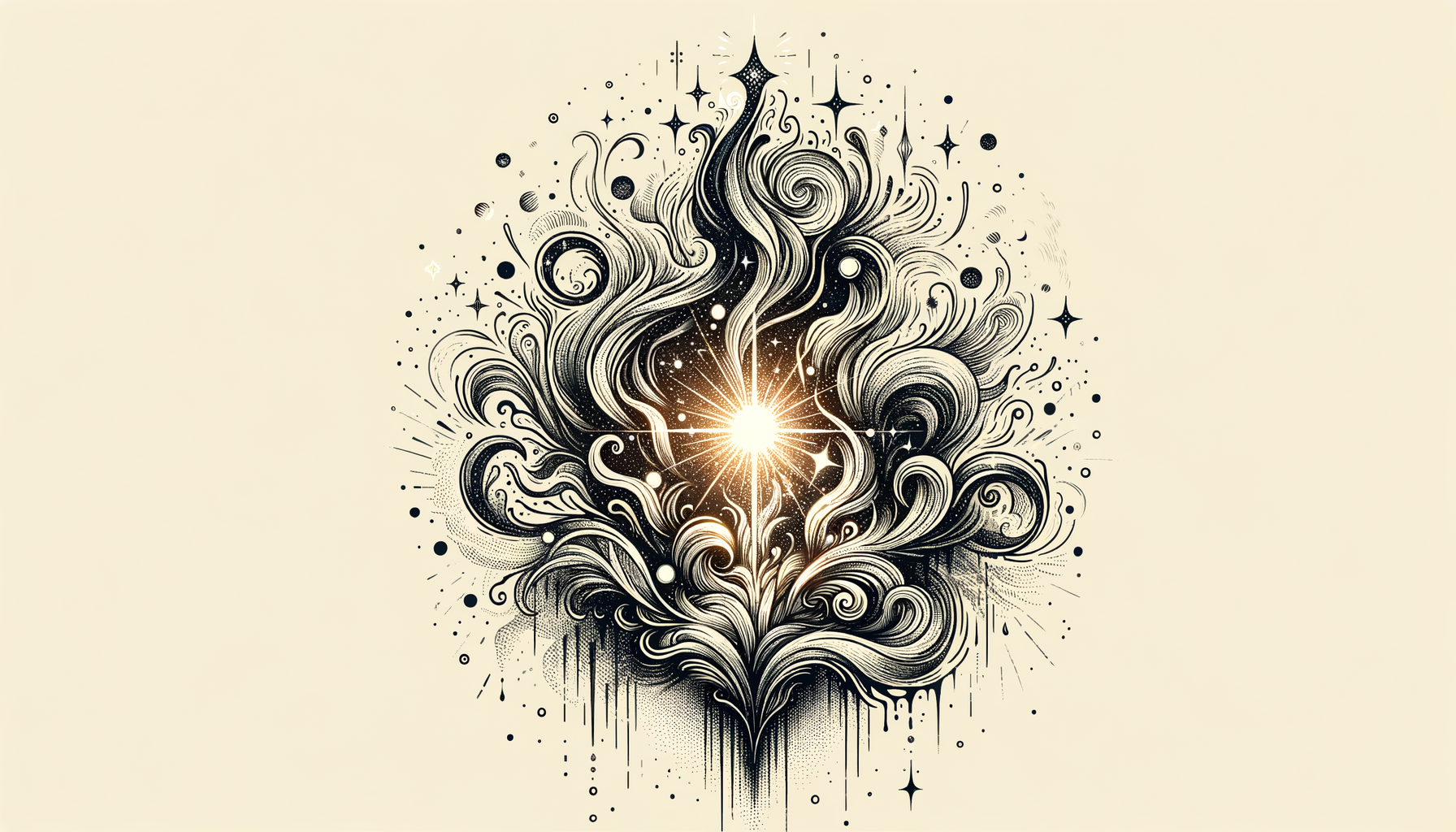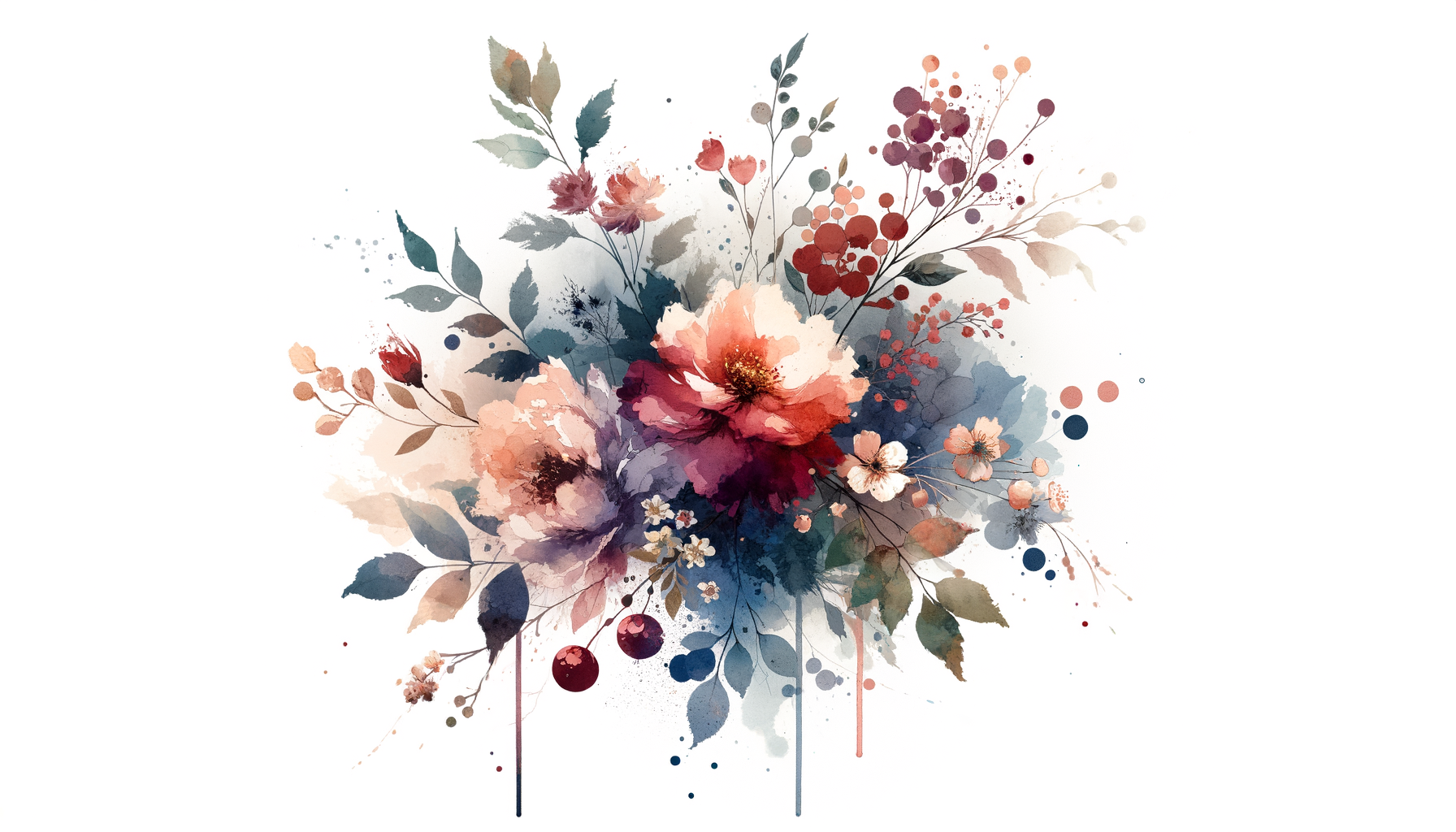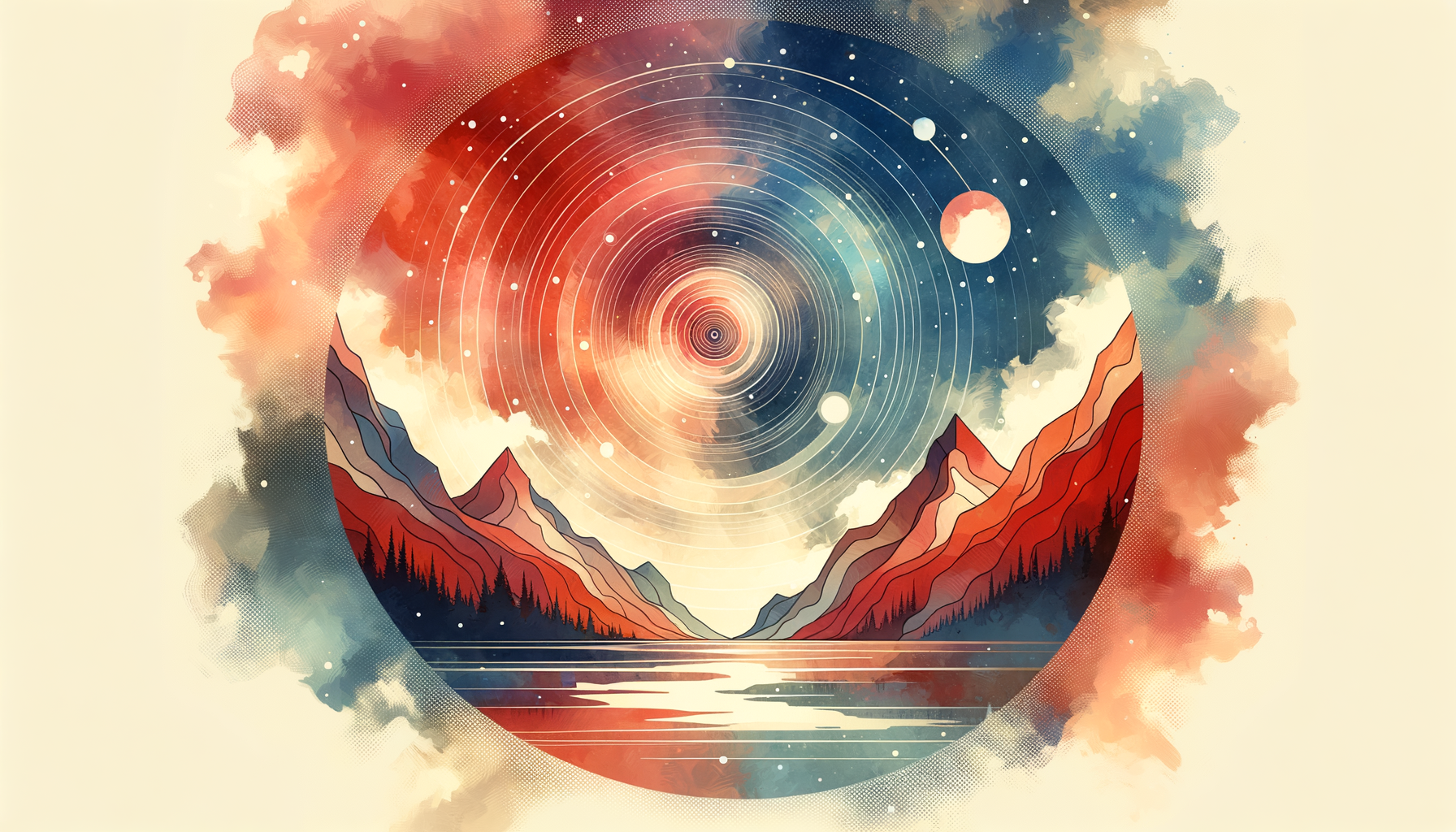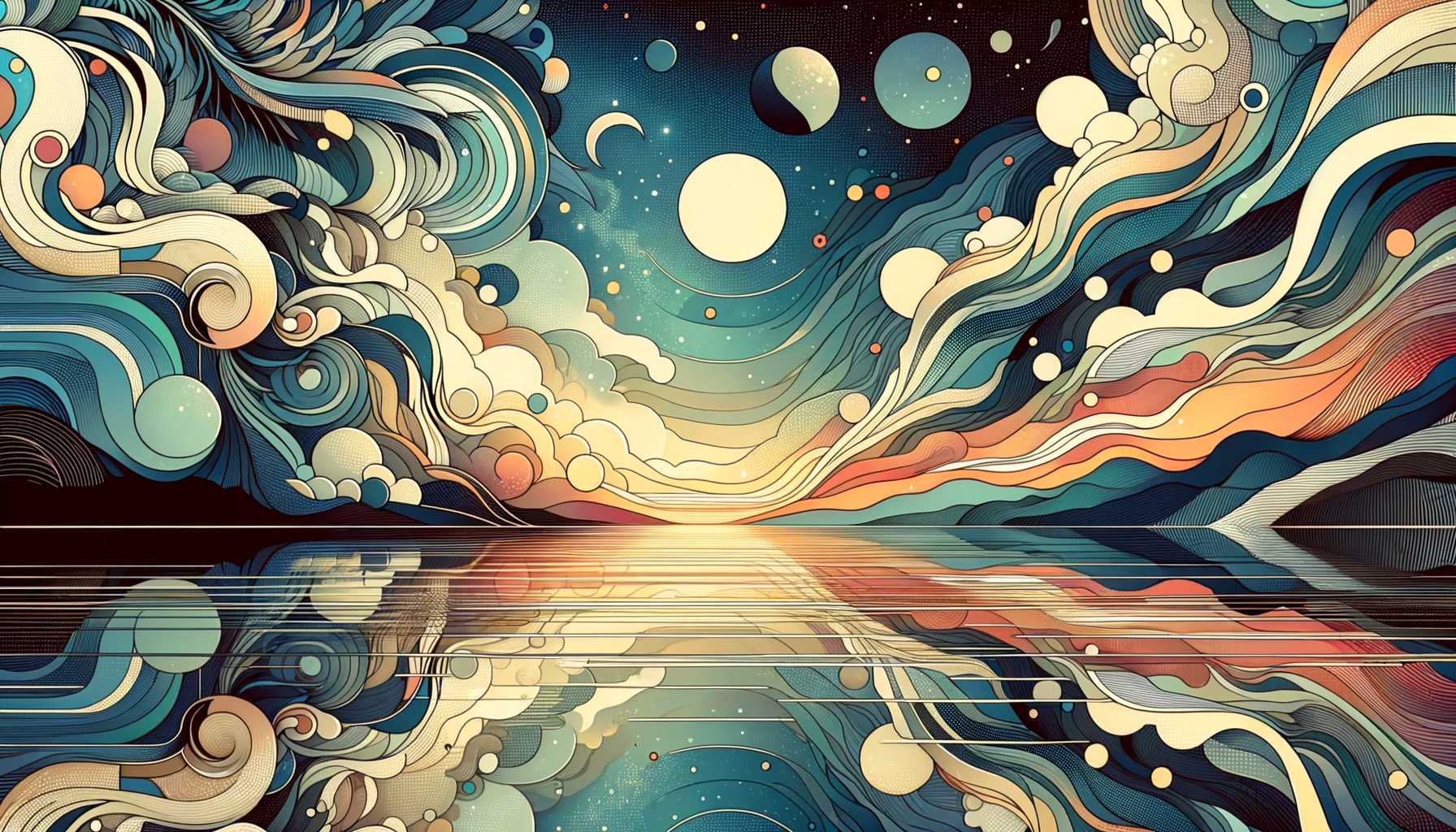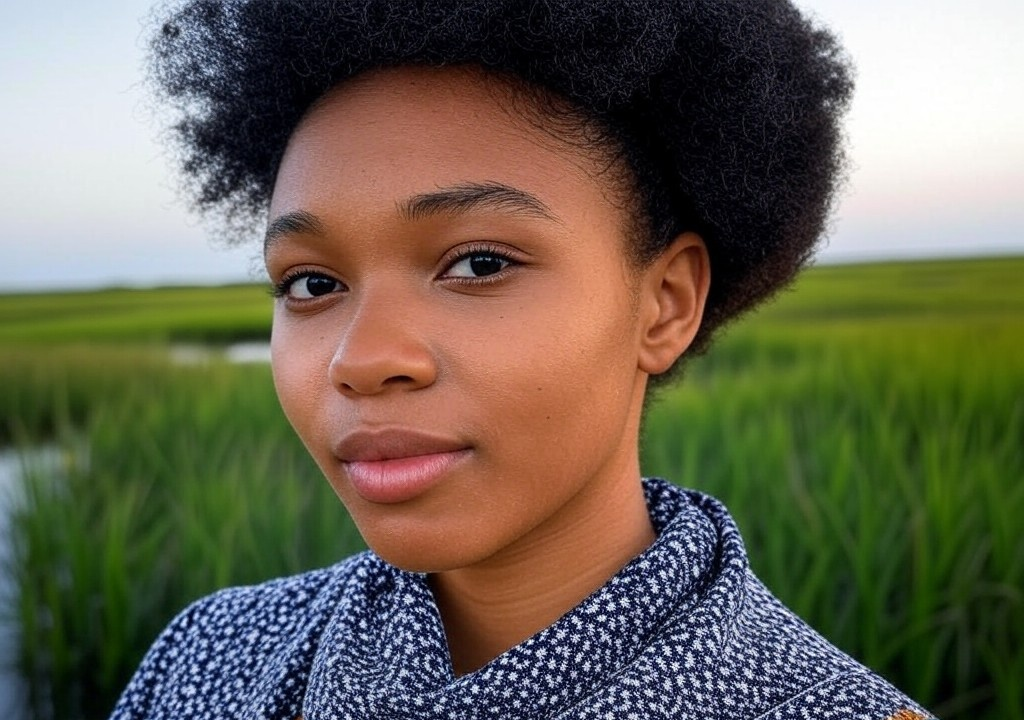“Can you eat it?” This was the question running through my mind as I sat strapped into a harness, swaying precariously 30 feet above the ground. Below me, a well-meaning “truffle hunter” waved enthusiastically, holding up a gnarly, dirt-clad mass the size of a tennis ball. Above me, nestled high in the boughs of a centuries-old oak tree, were clumps of what looked suspiciously like crumbling pastry or, more worryingly, giant cobwebs. These clumps, I had it on good authority (read: a very dubious internet forum), were supposedly edible tree fungus—an ancient delicacy that lovers shared in secret centuries ago to deepen their romantic bonds or at least spark the kind of chemistry that candles and oysters could only dream of.
Now, before you jump to conclusions, I was not scouring treetops in the name of romance. Not directly, at least. This was research. If you’ve ever attempted to unravel the connection between food and relationships for a story idea, one thing becomes clear very quickly: the stranger the dish, the more profound the lore around it. That is how I found myself scaling an oak tree in rural Périgord, France, hoping to further some mildly compelling theories about fungi-related aphrodisiacs and the human condition.
Let’s rewind. This trip was meant to be a simple food story—light and breezy, a fluff piece about love as it exists over cheese plates and wine bottles. Not… this. But somewhere between interviews with florists who swore by the carnality of edible petals and chocolatiers armed with aphrodisiacal bonbon statistics, I was gripped by a very Briar sense of hubris: I’d uncover the Holy Grail of romantic foods, and I wouldn’t stop until I could taste it for myself.
Spoiler: I tasted it. (More on that in a bit.) But here’s what happened along the way—and what it taught me not only about food but about the absurd ways we chase connection.
Chasing Legends with an Empty Stomach
The fungus in question was sometimes referred to as the “Love Truffle,” though Google could hardly furnish a straight answer about its existence. Depending on whom you asked, it was either a lost culinary treasure that fell out of favor with modern diners sometime around the Renaissance or a highly toxic fungal growth that lands amateur foragers in the local ER. “Eat only at your own risk,” a food blogger ominously noted, signing off with a cheery carrot emoji.
I became obsessed—for professional reasons, obviously. Legend had it that couples who shared a meal of this mushroomy delicacy were blessed with an uncanny ability to “sync up”—not just emotionally but almost telepathically. Apparently, you’d finish each other’s sentences… and sandwiches. Naturally, with an unrelenting deadline looming and blind optimism disguising itself as confidence, I decided this slippery claim could use some serious boots-on-the-ground investigative work.
Which was how I ended up in France, equipped with a pack of hiking boots, an emergency baguette, and a translator who, as it turned out, wasn’t fluent in the regional dialect and thus was just as confused as I was. Romantic, right?
Flirting with Disaster (and Mold)
Food may be the way to the heart, but you know what’s not? Tree-climbing. Tree-climbing is merely the way to splinters, awkward wedgies, and existential dread about the fragility of human ankles. By the time I reached the first cluster of fungus, my resolve was fading faster than the daylight. I briefly considered what M.F.K. Fisher—the legendary chronicler of food and sensuality—would think of my predicament. I pictured her, perched glamorously at a Parisian cafe, shaking her head at the sight of me, dirt-caked and dangling like an unfortunate piñata.
The famed fungus itself was... unappetizing. Imagine a puffball of chalk dust mixed with overripe mushroom vibes and then left to ferment somewhere both damp and haunted. Yet even in this moment of revulsion, there was one undeniable truth: I was holding a piece of culinary lore, rich with stories of whispered courtships and forbidden feasts. It was disgusting, yes, but also kind of magical.
My host—a truffle hunter I found through a friend of a friend of a very untrustworthy email chain—assured me the fungus was perfectly safe if prepared correctly. “Cook it!” he insisted in broken English, miming what I could only describe as a game of charades titled, “The Weirdest Omelette Ever.”
The Fungus Among Us: Tasting the Myth
Back at the farmhouse, the fungus was cleaned, sautéed, and presented alongside bread, salt, and wine that smelled faintly of wet hay but tasted astonishingly bright. To my credit, I managed not to gag as I bit into the leathery morsel. It tasted earthy, as expected, but with an almost clove-like bitterness that hit the back of my throat in an unsettlingly familiar way. This wasn’t romance on a plate; this was despair dipped in balsamic.
“Did it spark anything?” friends later asked with wide-eyed curiosity. I can confirm that it sparked… something. Specifically, the kind of mild gastrointestinal distress that turns every glass of riesling into a high-stakes gamble. But was it transformative? Did it reveal love’s hidden truths or draw me closer to human connection? Honestly, I wasn’t sure.
But then again, maybe that wasn’t the point.
What I Learned on the Hunt for Love’s Flavor
If the whole fungus debacle taught me anything, it was that both food and connection have this funny way of evading definition. Trying to pin down the precise recipe for a perfect romance (or meal) is like chasing ghosts through an oak forest. Sure, you might stumble upon something remarkable—or you might end up holding a clump of disappointment that smells vaguely like mildew and regret.
And yet, isn’t that what makes the hunt exciting? The willingness to climb metaphorical (or literal) trees in search of something extraordinary—even if what you find isn’t exactly what you imagined. Whether we’re sharing elaborate meals with someone special or fending off food poisoning alone in a farmhouse bathroom, it’s all part of the larger, messier story we tell about love, risk, and humanity.
Which brings me back to the ultimate question: Can you eat it? Yes, though I wouldn’t recommend it. Instead, my advice is this: Focus less on magical ingredients and more on the moments you create with others. After all, the real magic was never the fungus. It was, as they say, the friends we made along the climb. Or maybe the wine. Definitely the wine.


